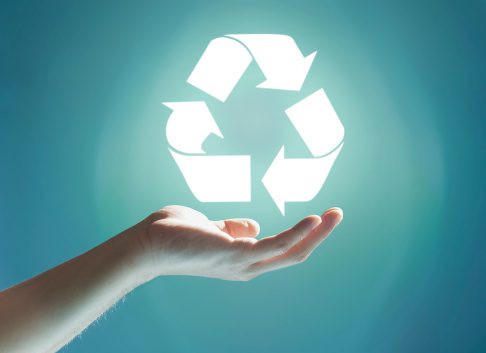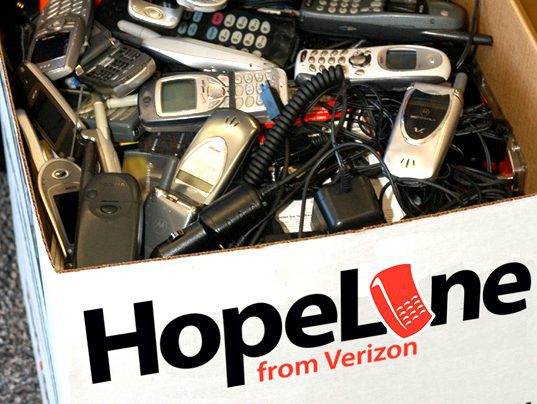A new national survey reports that approximately one-third (34 percent) of U.S. respondents suffer from ‘green guilt,’ or the feeling that they could and should be doing more to help preserve the environment.
When you clean your home, do you end up throwing items in the trash? Getting rid of clutter is a natural part of the cleaning process, but did you know that much of what you throw away can likely be recycled? For example, recycling batteries and cellphones has never been easier.
Call2Recycle is North America’s first and largest consumer battery stewardship program – a non-profit that collects and recycles batteries at no cost for municipalities, businesses and consumers. In the United States, it focuses on recycling cellphones and rechargeable batteries (such as nickel cadmium, nickel metal hydride, lithium ion, small sealed lead acid and nickel zinc).
In 20 years Call2Recycle has collected more than 100 million pounds of batteries and cellphones, diverting these materials from landfills. The organization ensures that these items, which contain valuable resources, are responsibly recycled to create new batteries and other products, preventing potentially hazardous materials from entering the waste stream. Recycling these items is free of charge to consumers.
Must Read: 3 Tech Tips To Celebrate Earth Day
So how do you start recycling and making a difference in your community? Here are some tips to help with recycling while cleaning:
Ask the question: “Can this be recycled?”
Seems elementary, but simply asking this question is the most crucial step for getting started. It means you’ve made a conscious decision to engage in a more sustainable, safe and responsible lifestyle. Every single person’s effort makes a difference. The number of cellphones and devices powered by rechargeable batteries is skyrocketing. Cellphones and rechargeable batteries may contain metals that can be harmful to the environment if not disposed of properly. Recycling keeps potentially hazardous material from entering the local landfill and recycles them for other uses.
Do your homework.
A simple Internet search will help you learn which items are recyclable. For example, Call2Recycle accepts cellphones and rechargeable batteries (weighing up to 11 pounds), including those you find in cordless power tools, laptop computers, digital cameras, two-way radios, MP3 players or iPods, tablets and cordless phones. The general rule with batteries is if it is rechargeable, it is recyclable.
Find a collection service or location near you.
Now that you’ve committed to recycling your old stuff, you need to know how and where. For rechargeable batteries and cellphones, Call2Recycle has a network of more than 34,000 collection sites located within 10 miles of 89 percent of consumers across North America. This network includes retail stores in your own community that you may visit regularly, including small businesses and municipalities.
Visit www.call2recycle.org/locator and use the location finder to locate the nearest collection site. For other items, visit 1800recycling.com or Earth911.com for a great list of recycling options.
Celebrate and share.
Now that you know how more items around your home can be recycled, share this information with friends and family about how easy it is to recycle. Through recycling you have made your community more sustainable and prevented potentially hazardous materials from entering the waste stream, which is good for people as well as the environment.



